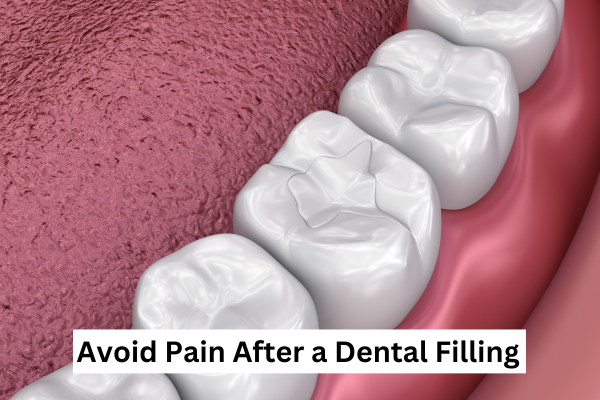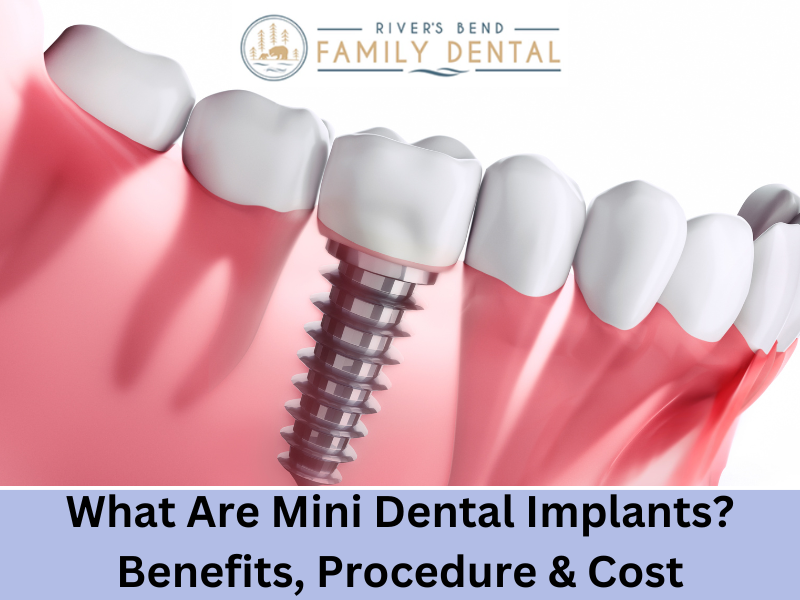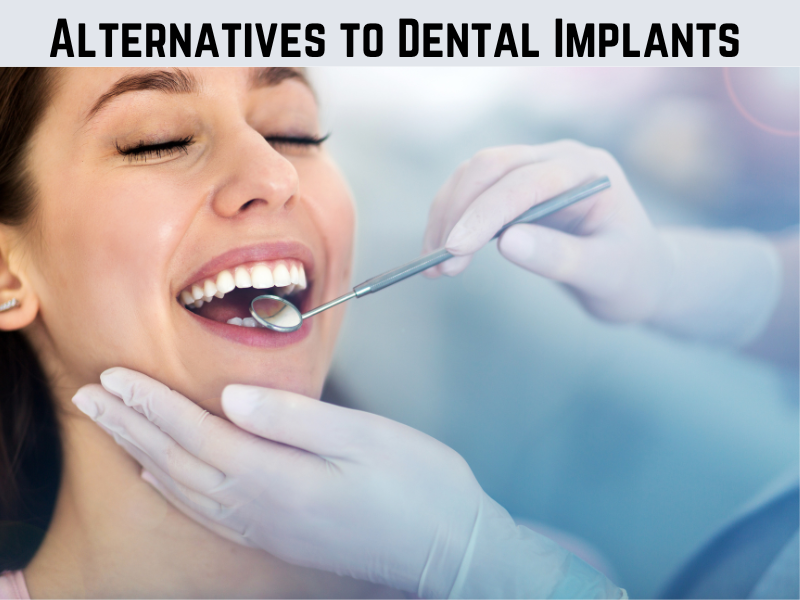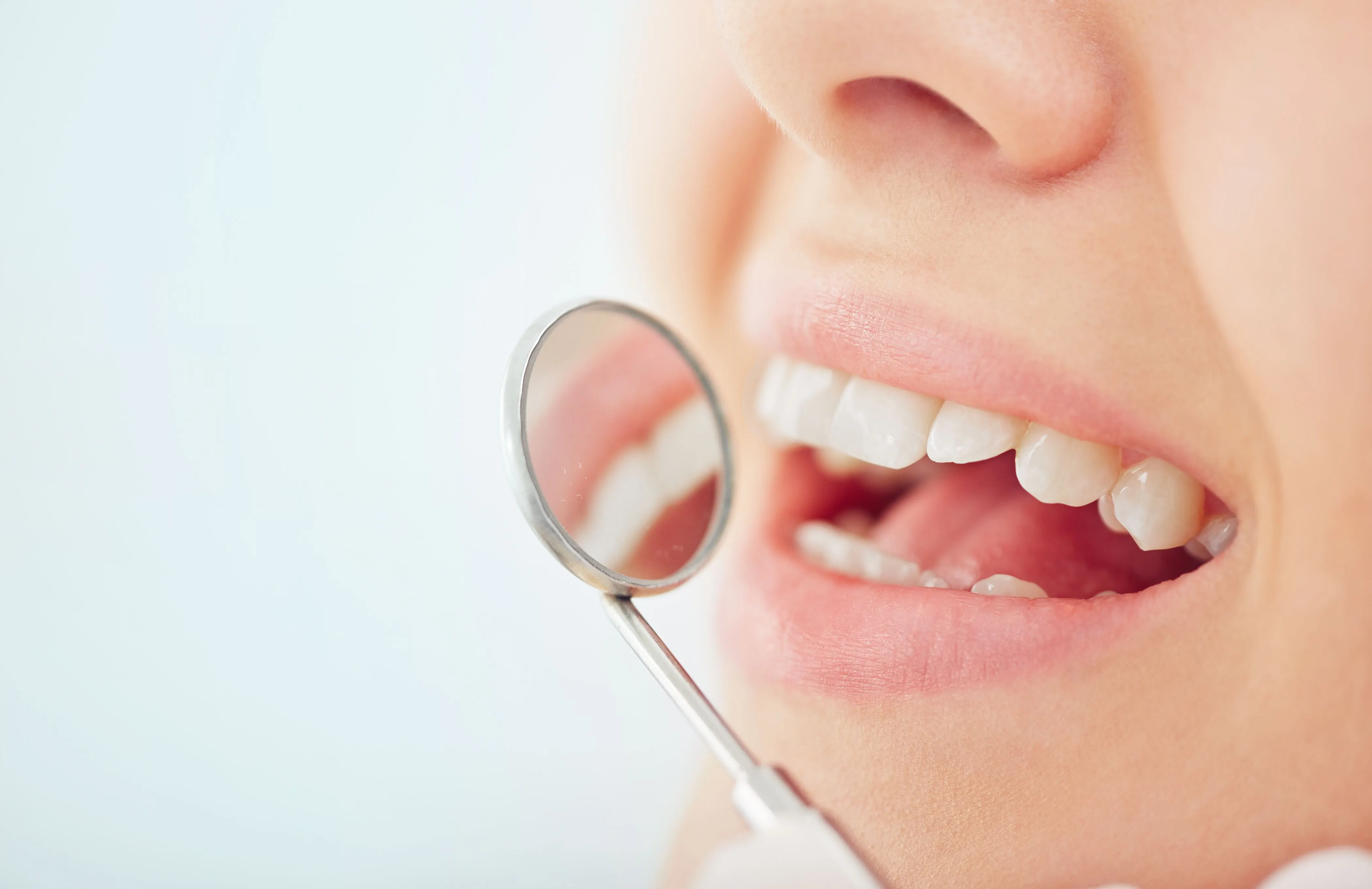When you go to the dentist to get a dental filling, you expect to get relief from pain immediately. It does come as a sad shock when you continue to experience sensitivity and pain even after the filling treatment. Thankfully, there are multiple tricks and tips to avoid pain after a dental filling.
A tooth should not hurt or ache from a brand-new filling for an extended period of time. Any immediate pain or sensitivity you feel after a dental filling is entirely normal and tends to go away in a couple of weeks.
So why do people experience tooth pain for longer than the normal period after a filling? The answer is that you could experience discomfort for multiple reasons, but these can be managed by following easy tips to avoid pain after a dental filling.
Dental Fillings – A Brief Description
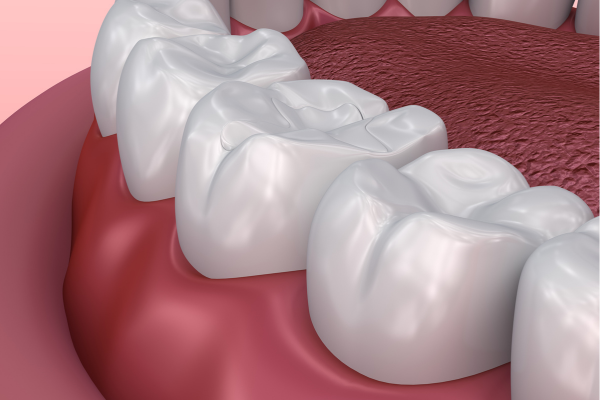
Tooth decay or cavities are among the most common oral problems that people experience today. Fortunately, this dental issue is easily solved by dental fillings.
A tooth-filling procedure involves the removal of the damaged parts of your tooth that are then replaced with a specific filling material to maintain the tooth’s structure. Based on the material of your filling and your oral hygiene practices, your dental fillings can last you anywhere between 5 to 20 years.
Why Would You Feel Pain After a Dental Filling?
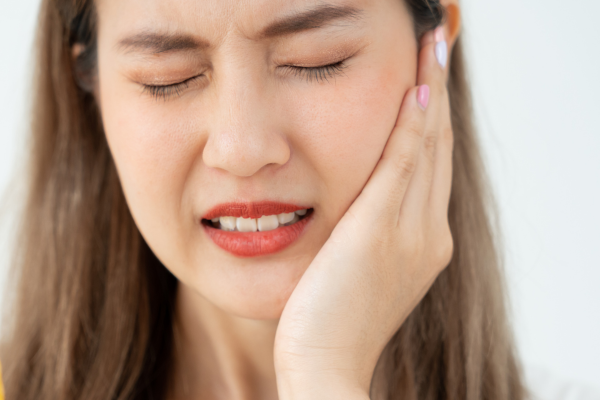
Cavities in your teeth appear in the form of holes, with the most common causes behind them being poor oral hygiene and a terrible diet. As these cavities worsen, they wreak havoc on the entire structure of your tooth and begin to affect the interior parts of the tooth.
Mild to gentle pain after getting a dental filling is expected because of the change in pressure on your teeth. You see, the part of your tooth infected by bacteria is removed and replaced by a hard filling material. This change in structure changes the way saliva and air move across your tooth. This is the reason why there will be more pressure on your gums and root nerves after a filling. The aches you experience post-filling should go away in a few weeks.
Is Persistent Pain Normal After a Filling?
Persistent pain after a filling is definitely not normal. Constant aches in your jaw for extended periods and increased sensitivity after receiving a dental filling might indicate a deeper issue.
Some of the causes why you might be experiencing persistent pain after a filling include:
Irritated Nerve Endings
Extreme cavities can gain access to your tooth’s pulp, which contains the nerve endings and blood vessels. Using a dental drill that close to nerve endings can irritate the nerves and cause extra sensitivity.
Incorrect Bite Alignment
Failing to level the filling with the surrounding teeth can cause extreme pain and sensitivity. A tall or uneven filling can cause more pain than usual because it adds more pressure to your tooth.
Pulpitis
Pulpitis refers to the inflammation of the tooth pulp. A tooth with a deep cavity or multiple fillings can cause pulpitis. This can lead to high sensitivity and aches in the tooth and surrounding area after a filling.
Allergic Reaction
Patients sometimes also experience an allergic reaction to the material in fillings. In such an event, they can experience other symptoms, such as rashes or itching, along with pain and sensitivity.
Referred Pain
Treating a tooth with a filling can cause sensitivity in the surrounding teeth. This is known as referred pain. If this pain does not subside, talk to your dentist, as this could indicate a dental abscess.
5 Tips to Avoid Pain After a Dental Filling

Here are five simple tips to avoid pain after a dental filling.
Drink Water
Drinking water is one of the best actions you can take after getting a dental filling. The water helps flush out the bacteria from your mouth while keeping it moist, thereby helping reduce swelling. Consider using a cup with a straw and lid for drinking water to help manage pain and sensitivity in your filling.
Use a Cold Pack
A cold pack is an excellent way to avoid and manage pain after a dental filling. You can use a cold pack for 20-minute intervals during the day. If you feel discomfort from placing the cold pack directly against your cheek, you can place it on your wrist or hand. Cold packs can also help in addressing swelling in the mouth and gums.
Take Pain Medications
It is imperative to use proper pain medication to manage the discomfort you will feel after getting a dental filling. Over-the-counter medications such as ibuprofen or acetaminophen will work well for this purpose. If not, consult your dentist about other medication options to help you manage the pain better.
Soothe Your Jaw with Cold Milk
Milk is a natural pain reliever; its calcium can help strengthen your teeth and bones. Cold milk to soothe your jaw and tooth is a highly effective remedy for dealing with pain after dental fillings.
Contact Your Dentist if You Experience Persistent Toothache
While experiencing mild aches after a dental filling is routine, persistent or throbbing aches in your teeth or gums could indicate a more serious issue. In such a case, contact your dentist, who can help you deal with the pain promptly and effectively.
Conclusion
Dental fillings are fairly common and can lead to mild sensitivity and discomfort afterward. The best way to avoid and manage pain after a dental filling is to be proactive. The sooner you detect issues, the earlier you can take steps to eliminate the pain and sensitivity.
As long as the pulp of your tooth is healthy and the decay is not too deep, this pain after a dental filling procedure should subside within a couple of weeks, and you can return to your normal routine. If your pain persists and worsens over time, it is vital that you get in touch with your dentist immediately.
Contact River’s Bend Family Dental to learn more about dental fillings and how to avoid pain after the procedure.

